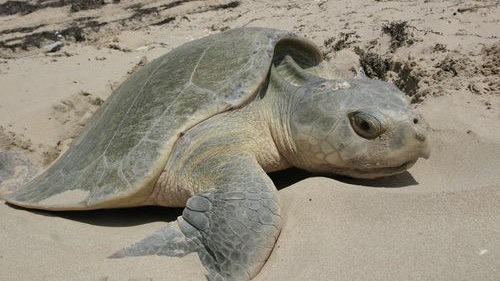Imagine walking through a neighborhood park and collecting fruits, nuts, and vegetables to eat when you get home. That’s what kids and people of all ages are going to be able to do in a “food forest” being planted in Atlanta, Georgia.
The food forest is actually a new park about the size of six American football fields. More than 25 years ago, the area was a small family farm. The owners raised horses, chickens, and vegetables, and even had a pecan orchard. A real estate developer planned to build apartments there, but never did. Then, an organization called The Conservation Fund bought the land in order to help preserve green space in the city. The City of Atlanta and many other organizations including Trees Atlanta are now helping to improve the land and water in the food forest and surrounding park area.
You might wonder why the City of Atlanta wanted to do this. They want people who live in the area to have easier access to fresh fruits and vegetables. The area that surrounds the new food forest is considered to be a food desert. That means the people who live there have to travel more than a mile in an urban area to reach a supply of healthy, fresh foods.
Partner groups and city planners met with community members and got input about what people wanted in their new park. Trees Atlanta is coordinating the food forest project and making sure all the work is being completed.
With the ideas from the community, the experts from Trees Atlanta designed the garden to resemble a diverse forest area. A regular forest has many layers. The top layer is the canopy, which refers to the branches of trees that are the highest and visible from farther away. There are also smaller trees, then bushes, then plants that grow along the ground, along with vines, and fungi (like mushrooms), and finally plants with edible roots. The experts at Trees Atlanta planned to copy a natural forest and grow edible plants in each layer.
Hundreds of students from local elementary schools helped plant the gardens and trees. The planners from Trees Atlanta expect the trees to grow large enough to produce fruit in about five years. Eventually, people will harvest thousands of pounds of figs, nectarines, plums, apples, pears, pomegranates, cherries, and native pawpaw. Pawpaw fruit tastes like banana custard, with hints of mango and cantaloupe. The park also has beehives, as well as a more traditional garden in raised beds that will grow corn, squash, cucumbers, tomatoes, and peppers.
With fresh food that is grown in their own park, people who live in that area can have healthier food options. Now the residents will have a forest of food to choose from, thanks to the partners, students, and volunteers.









